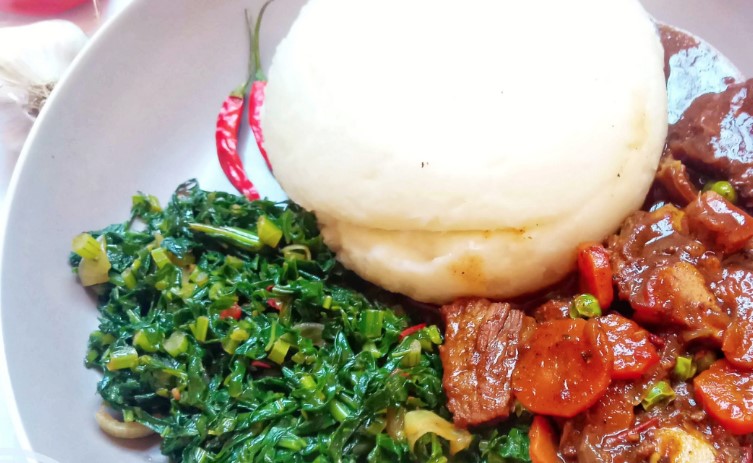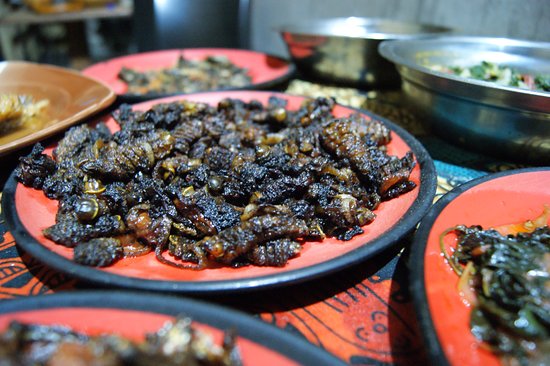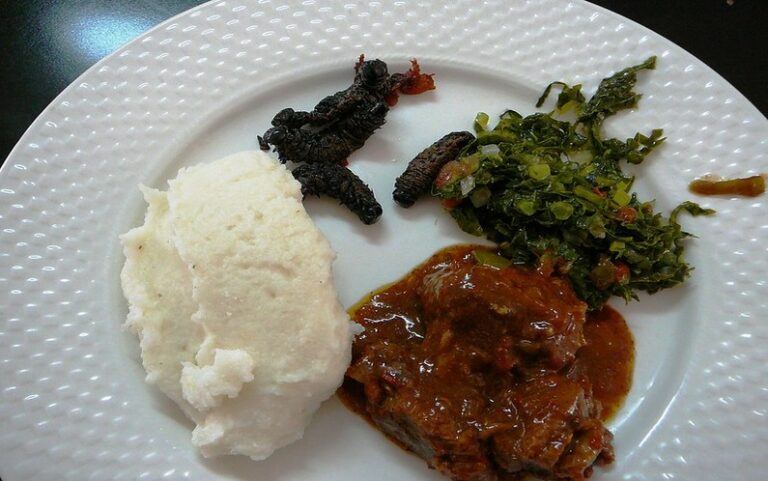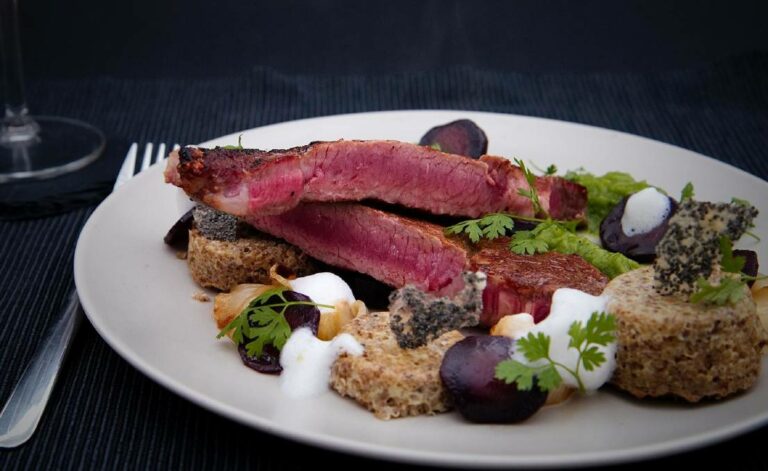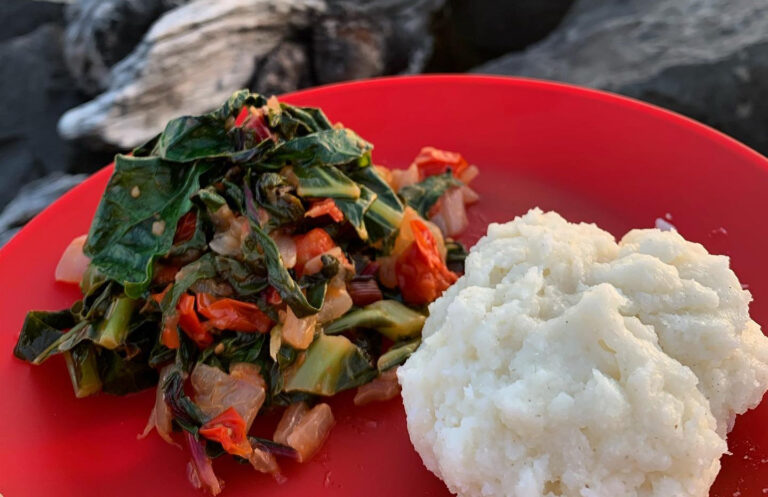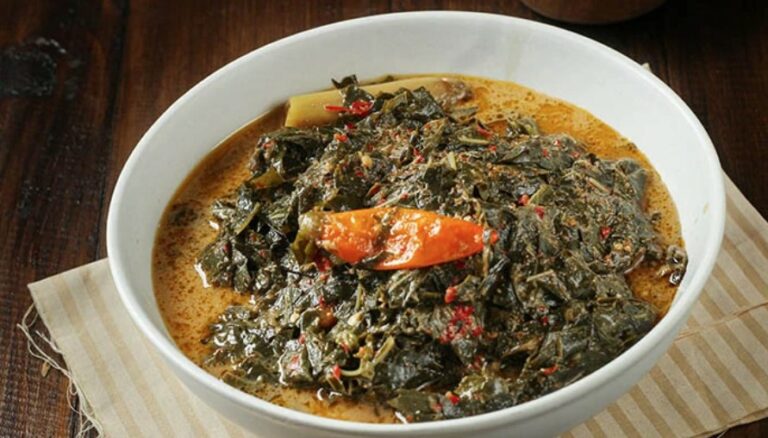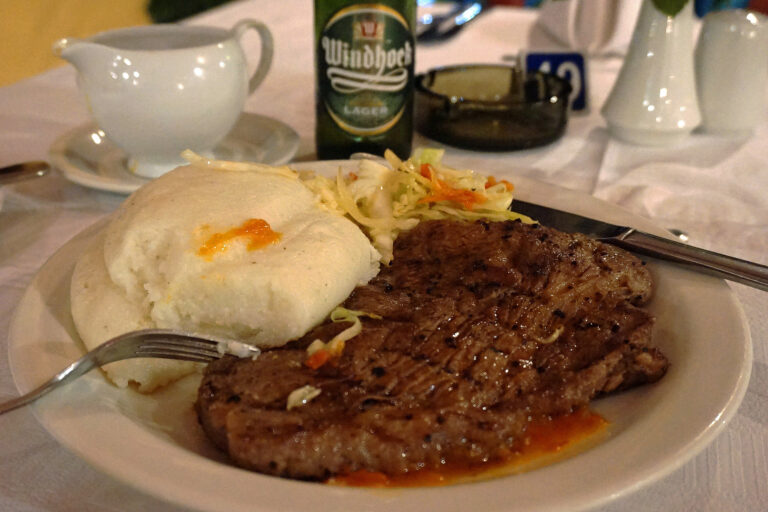Introduction: Seafood in Australian cuisine
Australia is a country surrounded by oceans, making seafood an integral part of its cuisine. Its varied seafood dishes are influenced by the country’s expansive coastline, and the diverse seafood available in the seas surrounding the continent. Seafood is not only popular in restaurants and local markets, but also in the homes of everyday Australians.
Australian seafood is known for its freshness and quality, as the country has strict regulations in place to ensure that seafood is sustainably caught and sold. Additionally, Australia’s seafood is often cooked with a focus on preserving the natural flavors of the fish or shellfish, allowing the seafood to speak for itself.
Barramundi: A staple in Australian seafood
Barramundi is a famous Australian fish that is widely consumed in the country. It is a white fish with a delicate flavor and a firm texture that can be grilled, fried, or baked. The fish is native to the northern region of Australia, where it is caught in rivers and coastal waters.
Barramundi is a nutritious fish, rich in omega-3 fatty acids, vitamin D, and protein. It is often served with a side of vegetables or salad, making it a healthy and satisfying meal option. Additionally, barramundi is popular in both high-end restaurants and casual eateries, making it a versatile seafood dish that can be enjoyed by all.
Grilled prawns: A summer favorite
Grilled prawns are a popular seafood dish in Australia, especially during the summer months when barbecues are in full swing. The large, juicy prawns are lightly seasoned and grilled to perfection, making them a delicious and flavorful meal option.
Grilled prawns can be served as an appetizer or as a main course, and are often accompanied by a variety of dipping sauces or salads. They are also a great option for those looking for a low-carb or gluten-free meal, as they are high in protein and low in fat. Grilled prawns are a summer staple in Australia, and are frequently enjoyed at beachside restaurants and backyard barbecues.
Lobster: A luxurious seafood classic
Lobster is a luxurious seafood option that is frequently consumed in Australia. It is a delicacy that is often reserved for special occasions or high-end restaurants, due to its high price point. Australian lobster is known for its sweet and succulent meat, making it a highly sought-after seafood dish.
Lobster can be served in a variety of ways, including grilled, boiled, or as part of a seafood platter. It is often accompanied by a rich butter sauce or other decadent toppings. Australian lobster is considered to be some of the finest in the world, making it a must-try for seafood lovers visiting the country.
Oysters: A delicacy from the sea
Oysters are a popular delicacy in Australia, with the country producing some of the finest oysters in the world. Australian oysters are known for their sweet and briny taste, making them a sought-after seafood dish.
Oysters can be consumed raw, grilled, fried, or baked, and are often served with a variety of accompaniments such as lemon wedges, hot sauce, or mignonette sauce. They are a popular appetizer or snack option in Australia, often served alongside a glass of wine or champagne.
Fish and chips: A beloved Australian comfort food
Fish and chips is a classic Australian comfort food that is enjoyed by people of all ages. It is a simple dish consisting of battered fish and crispy fries, often served with a side of tartar sauce or tomato sauce.
Fish and chips is a staple dish in Australian seaside towns, with many local fish and chip shops serving up their own unique spin on the classic dish. It is a beloved meal option that can be enjoyed as a takeaway or at a casual eatery.
Moreton Bay bugs: A unique Australian seafood dish
Moreton Bay bugs are a unique Australian seafood dish that is highly valued for its sweet and delicate taste. They are a type of crustacean that is native to the coastal waters of Queensland, and are often compared to lobster or prawns in taste.
Moreton Bay bugs are frequently served grilled or barbecued, and are often accompanied by a variety of spices and sauces. They are a popular seafood option in Australia, especially in the coastal regions of Queensland where they are caught.
Conclusion: Exploring the variety of seafood in Australia
Australian seafood is diverse, fresh, and flavorful, with a range of dishes and cooking styles to suit all tastes. Whether it’s a luxurious lobster meal or a simple plate of fish and chips, there is something for everyone in Australia’s seafood cuisine. With its pristine coastal waters, strict regulations, and commitment to sustainable fishing practices, Australia is a seafood lover’s paradise.


